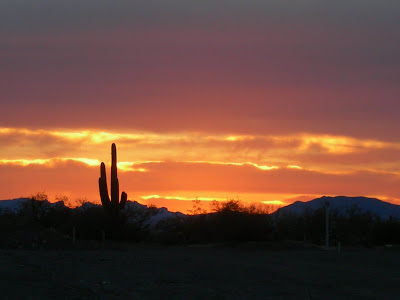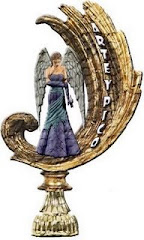My birding day started with watching two ravens chase a red-tailed hawk out of our neighborhood. I am driving down Sycamore Leaf when I see them and I pullover to watch the drama. The ravens are relentless in their pursuit and tag team the hawk, one after the other diving in for the attack. When I reach Sahuarita Rd. I stop, and there on the utility pole is a kestrel. A good day of birding has started.
I am heading for a new location today, a park I found on eBrid called Lakeside Park. It’s much later than I wanted to get out of the house, but at least I am getting out. It is a beautiful day here in Tucson with sunshine and temps already in the 60’s. I have a long-sleeved shirt on over my t-shirt, but I won’t need it for long.
 ground doing a Mexican hat dance. He’s trying to stomp on something but whatever it is is quicker than the hawk. The hawk has its wings raised for balance. With the morning sun streaming from behind the bird illuminating every feather it looks almost mythical there backlit by sunlight. I see legs feather to the knees, but no further. The hawk has a white breast streaked with brown. Its tail is long and when it turns there is no red in it, nor are there any “backpack straps” that would indicate a redtail. Through my binoculars the hawk seems huge and I am hoping for a ferruginous hawk, but this one does not have legs feathered to the toes, or the huge gape of the ferrug. No luck there.
ground doing a Mexican hat dance. He’s trying to stomp on something but whatever it is is quicker than the hawk. The hawk has its wings raised for balance. With the morning sun streaming from behind the bird illuminating every feather it looks almost mythical there backlit by sunlight. I see legs feather to the knees, but no further. The hawk has a white breast streaked with brown. Its tail is long and when it turns there is no red in it, nor are there any “backpack straps” that would indicate a redtail. Through my binoculars the hawk seems huge and I am hoping for a ferruginous hawk, but this one does not have legs feathered to the toes, or the huge gape of the ferrug. No luck there. The hawk flies up and lands on the chain link fence which surrounds what I now realize is a field next to a school. Ground squirrels are standing up watching this drama, just like me. Now I know why the hawk is hunting here. I walk the short distance back to my vehicle and get the D80 out, which I wisely brought with me this time. I pull my car up next to the fence parallel to the hawk and use it as a blind. After rolling down my window I snap a couple shots off, then decide to see if I can get some shots from outside the car.

While I am standing on a steep bank looking out over the water a flash of red flies at me and lands on a nearby branch. I cannot believe my eyes, for there is a vermillion flycatcher posing for me. He is so close that I am able to snap off a good picture this time, but I am wishing Gus was here and he could capture this picture.
Just as I am ready to leave I hear a bunch of bird in an old Palo Verde tree near the parking lot. Looking with my binoculars I see a deep hole where a branch was obviously lost recently. Just poking out of the hole are some black and white tail feathers. It looks like the tail of a Gila woodpecker. I can see the ragged edges of the scar, but in the middle the hole is perfectly round. Soon the culprit backs out of the hole and stops to look at me. I now know where a Gila woodpecker nest will be this spring. What a great day!


























































